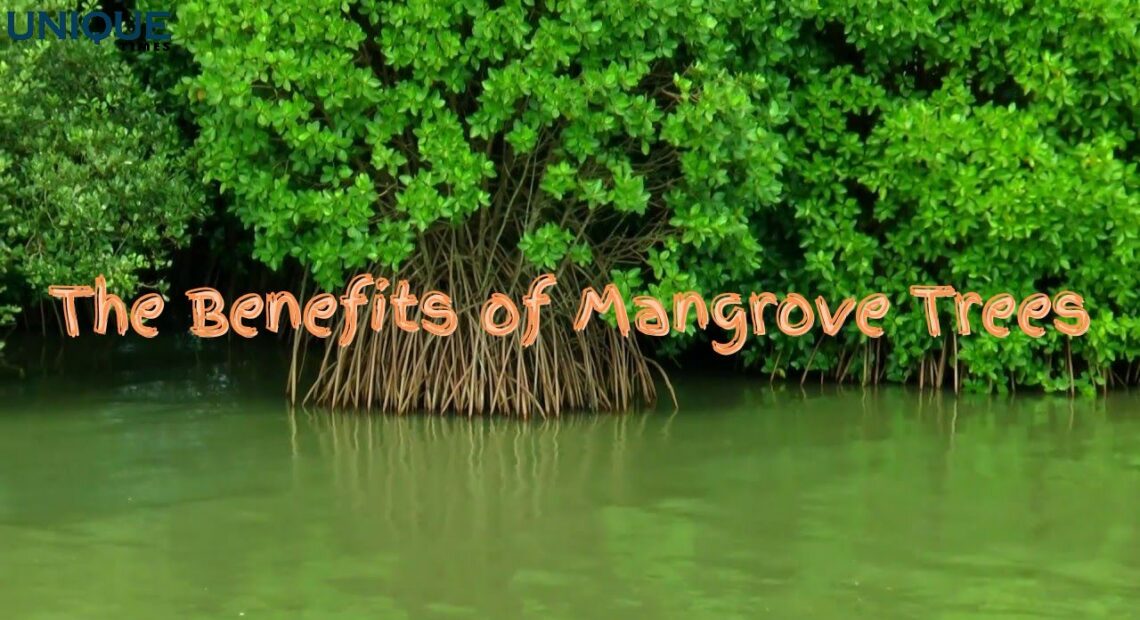Guardians of the Coast: Exploring the Benefits of Mangrove Trees

Nestled along coastal zones and brackish water habitats, mangrove trees stand as ecological superheroes, offering a myriad of benefits to both the environment and local communities. From safeguarding against natural disasters to nurturing diverse ecosystems, these unique trees play a vital role in preserving the delicate balance of our planet. Let’s delve into the remarkable benefits that mangrove trees bring to the forefront.
1. Coastal Protection
Mangroves act as nature’s shield, providing a natural barrier against coastal erosion and storm surges. The intricate root systems of mangrove trees create a protective web that absorbs the impact of waves, reducing the risk of damage to coastal communities during storms and hurricanes.
2. Biodiversity Hotspots
Mangrove ecosystems are teeming with life. These areas serve as nurseries for numerous marine species, offering a safe haven for fish, crabs, shrimp, and other aquatic organisms to breed and grow. The rich biodiversity supported by mangrove forests contributes to the health of adjacent marine ecosystems.
3. Carbon Sequestration
Mangrove trees are efficient carbon sequestrators, playing a crucial role in mitigating climate change. Their ability to absorb and store large amounts of carbon dioxide helps reduce greenhouse gas levels in the atmosphere, contributing to the global effort to combat climate change.
4. Water Filtration
The intricate root systems of mangroves act as natural filters, trapping sediments and pollutants from the water. This not only improves water quality but also provides a crucial service for the health of nearby coral reefs and seagrass beds.
5. Sustainable Livelihoods
Mangrove ecosystems are lifelines for many coastal communities. The abundance of marine life in these areas supports fisheries, providing a sustainable source of livelihood for local populations. Additionally, mangrove wood and other products offer economic opportunities for these communities.
6. Medicinal and Nutritional Value
Mangrove plants have been utilized in traditional medicine for centuries. Extracts from various mangrove species have been found to possess medicinal properties, serving as remedies for ailments ranging from skin disorders to respiratory issues. Additionally, some mangrove fruits are a source of nutrition for local populations.
7. Tourism and Recreation
Mangrove forests attract ecotourism, offering unique opportunities for bird watching, kayaking, and nature exploration. The aesthetic appeal of these coastal ecosystems not only contributes to the tourism industry but also fosters a greater appreciation for the importance of mangrove conservation.
8. Resilience to Climate Change
Mangrove ecosystems exhibit resilience in the face of climate change. Their ability to adapt to rising sea levels and changing environmental conditions showcases the importance of preserving and restoring these coastal habitats as a strategy for climate change adaptation.
In essence, mangrove trees stand as ecological guardians, embodying the interconnectedness of environmental, economic, and societal well-being. As we recognize and appreciate the myriad benefits of mangrove ecosystems, it becomes imperative to champion their conservation and sustainable management for the generations to come.
Picture Courtesy: Google/images are subject to copyright








